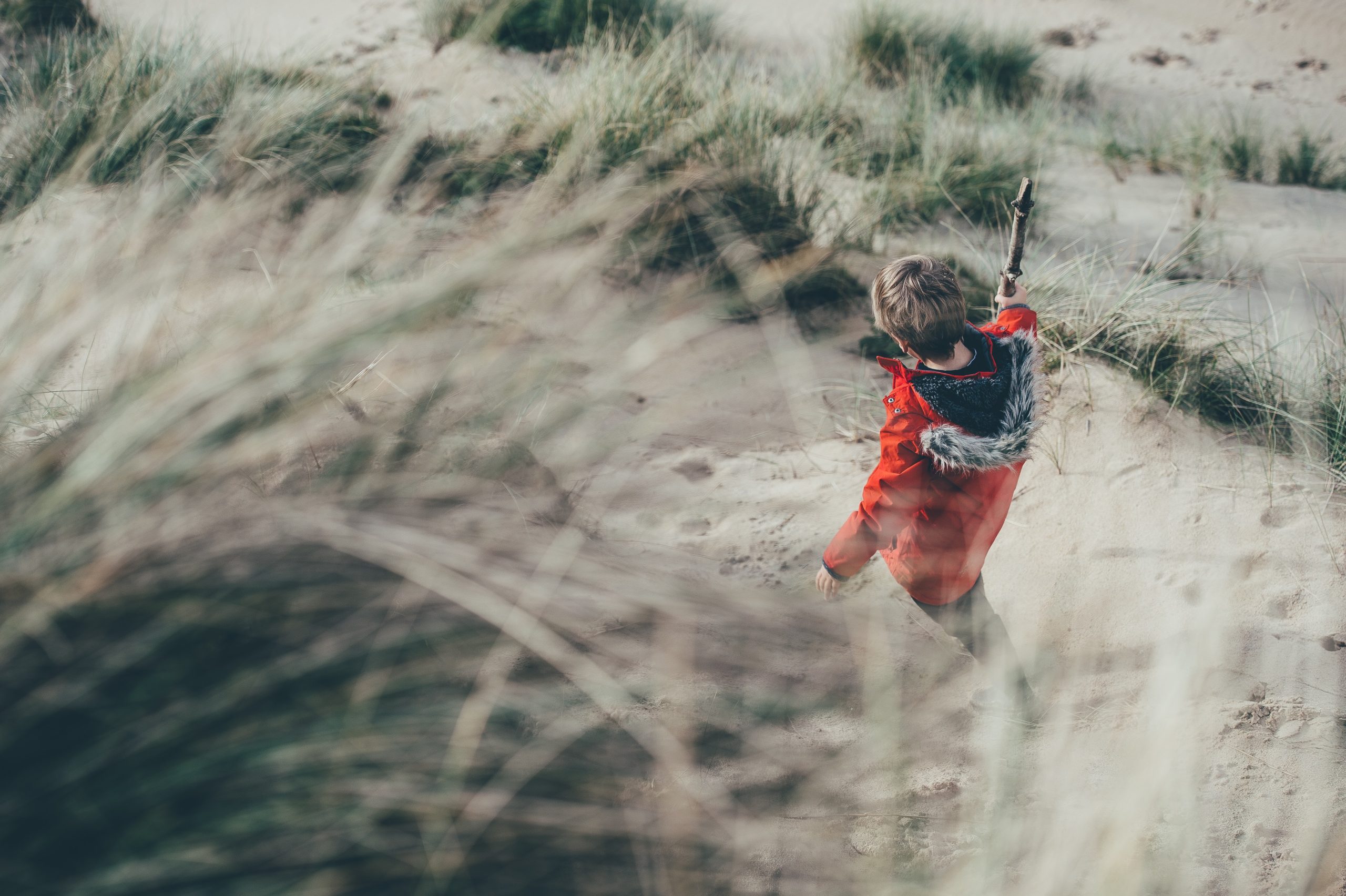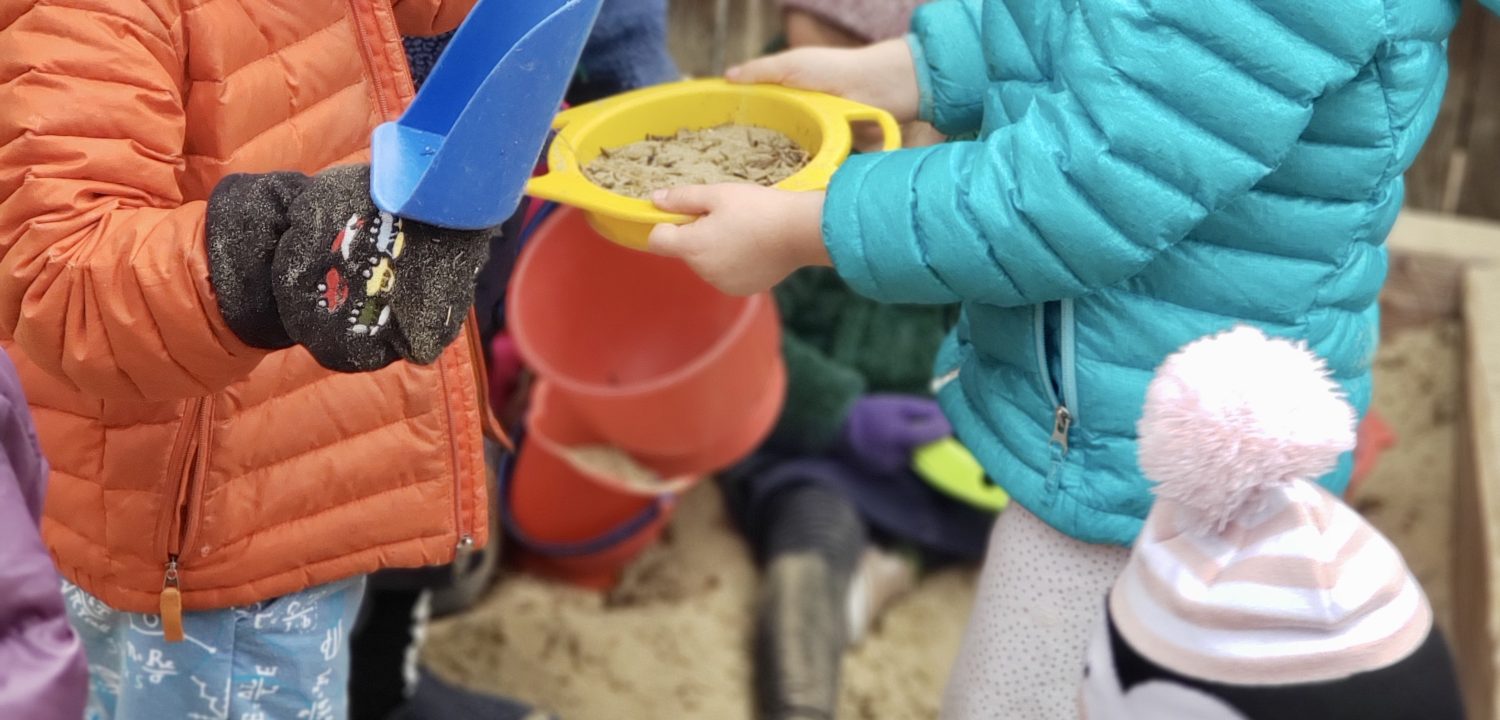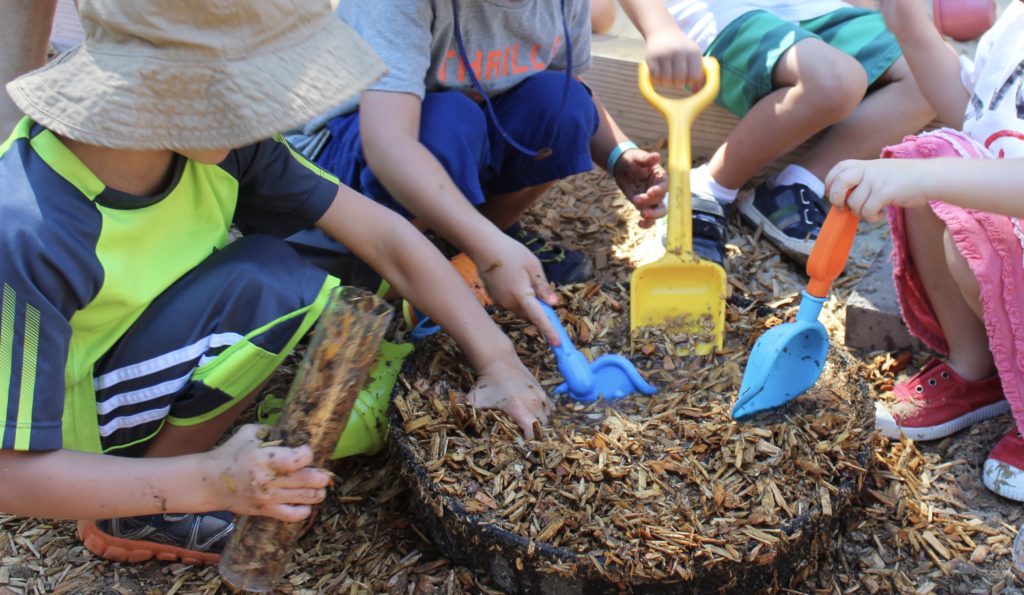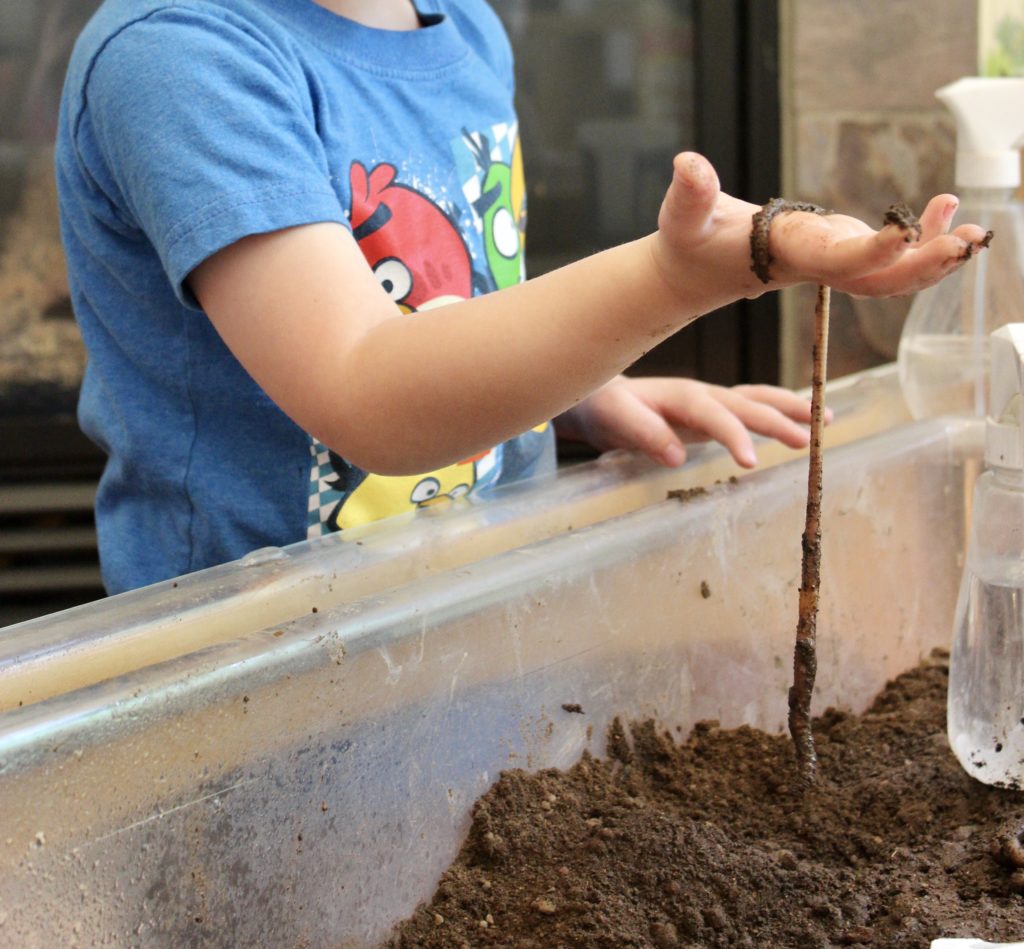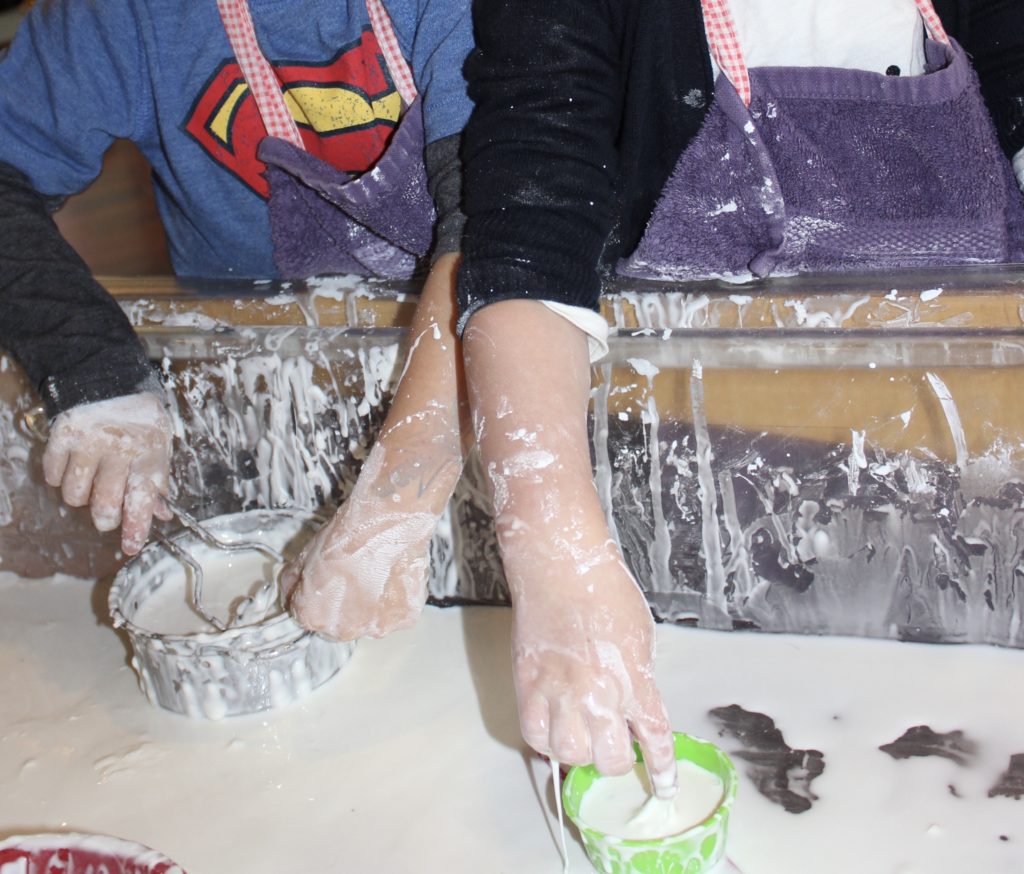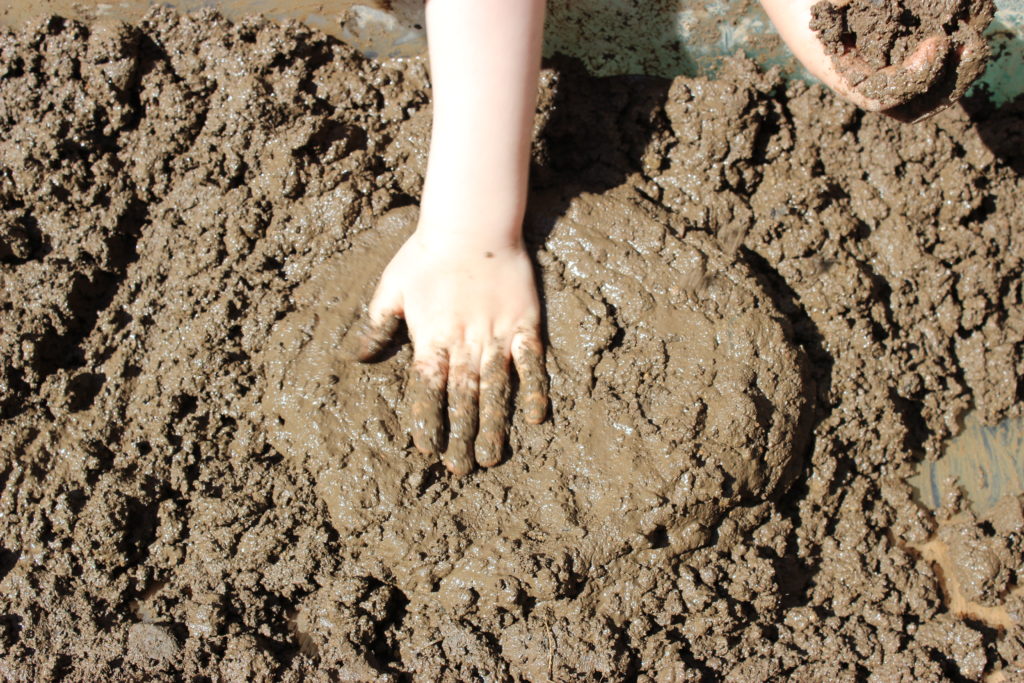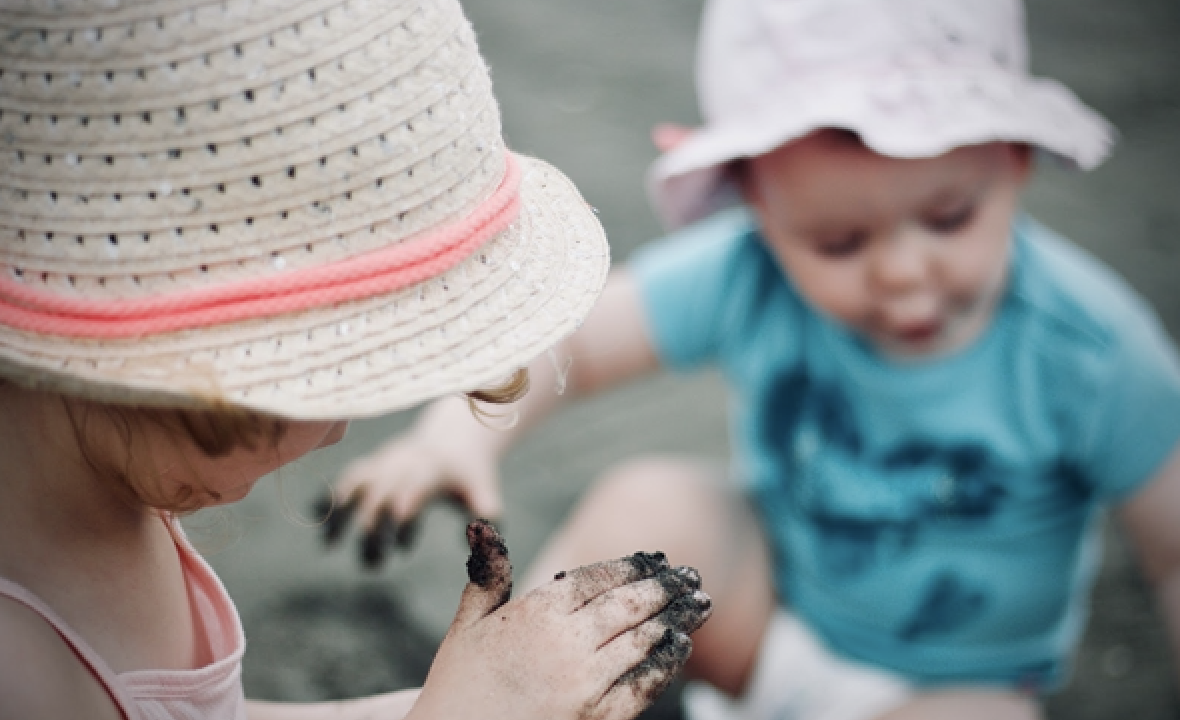Featuring special guest blogger: Stefany Cunningham, B.S. (Areas of study include kinesiology, early childhood development & education, and psychology)
Young children learn through play; it’s imperative this play be taken seriously. The play itself shouldn’t be taken seriously, but the quantity of unstructured play opportunities should be taken seriously. There is a long list of learning opportunities found in each learning domain that children acquire when they are provided with unstructured outdoor play opportunities. In this blog post, we will explore perceptual-motor skills.
According to Kostelnik, Soderman, Whiren, and Rupiper, authors of Developmentally Appropriate Curriculum: Best Practices in Early Childhood Education (2015), perceptual-motor skills are, “movement activities that lead to academic or cognitive outcomes” (p. 400). Children integrate sensory information from all sensory systems as they interact with and explore their environment. This sensory information gets sent to the brain where the child will then make a decision on what to do next. Then, with a little motor planning, the child will carry out their next movement based on the sensory information given to them. Kostelnik, Soderman, Whiren, and Rupiper (2015) discussed five important aspects of perceptual motor development:
Balance

There are two components of balance: Static and dynamic. Static balance is practiced while holding a posture without movement (for example, standing on one foot). Dynamic balance is holding a posture while moving (for example, hopping over a log on one foot). Children acquire the ability to balance both statically and dynamically as they walk across a log or brick wall, hop from one rock to another, or explore movement on a variety of unstable surfaces (such as gravel or mud).
Spatial Awareness
Spatial awareness is an understanding of one’s environment in relation to one’s body. Spatial awareness helps children avoid colliding with structures or objects (and other people) while running. It also helps them decide how to safely maneuver their way through a cave or obstacle course. To understand spatial awareness, children need to be provided with opportunities to explore diverse environments. They need to run into things, fall down, and get stuck! Spatial awareness also helps with fine motor tasks, such as writing and manipulating objects.
Figure-Ground Perception
Figure-ground perception involves being able to distinguish a foreground from its background, which typically requires visual and auditory perception skills. Hide- and-seek is a fantastic opportunity for children to practice figure-ground perception. Not only are children scanning their environment and processing visual foreground and background information, but they are also trying to separate background auditory input from giggles!

Temporal Awareness
Speed and timing is a complex relationship that takes time to understand. It remains, however, an important aspect of perceptual-motor development and can be fostered with unstructured outdoor play. For example, hearing one’s footsteps while running, dropping objects from different heights, or attempting to catch a ball are all experiences that foster temporal awareness.
Body and Directional Awareness
Body awareness is knowledge of human anatomy and physiology, while body relationship awareness takes this knowledge of human anatomy and physiology and incorporates, “roles that children create with their bodies, such as copying, leading/following, meeting/parting, passing, and acting in unison” (Kostelnik, Soderman, Whiren, & Rupiper, 2015, p. 403). Just about any gross motor activity fosters body awareness and body relationship awareness, but providing children with opportunities to make their own decisions regarding body movement (unstructured play), will provide children with a deeper understanding that carries across environments. Structured activities such as “Head, Shoulders, Knees, and Toes” are great for human anatomy identification, but children gain a deeper understanding of anatomy, physiology, and human movement when they are provided with opportunities to problem solve independently (For example, “How can I move my body so I can get on top of that huge rock?”).
Directional awareness is applying location concepts such as backward, forward, near, far up, and down during movement activities. The opportunities to explore directional awareness during unstructured play are endless. An activity as simple as catching a ball fosters directional awareness (“That ball is going to fly over me. I better run backward to catch it!”).

Unstructured outdoor play is critical for physical development. As one can see by analyzing these perceptual-motor skills, unstructured outdoor play is critical for cognitive development as well. Furthermore, most children love unstructured outdoor play. While kiddos are engaging in unstructured outdoor play, they will get dirty, they will practice evaluating risks, and they may get hurt. These are all valuable learning experiences; valuable learning experiences that will foster their physical and cognitive development.
Resources
Kostelnik, M. J., Soderman, A. K., Whiren, A. P., & Rupiper, M. L. (2015). Developmentally appropriate curriculum: Best practices in early childhood education (6th ed., pp. 400-403). Pearson Inc.

